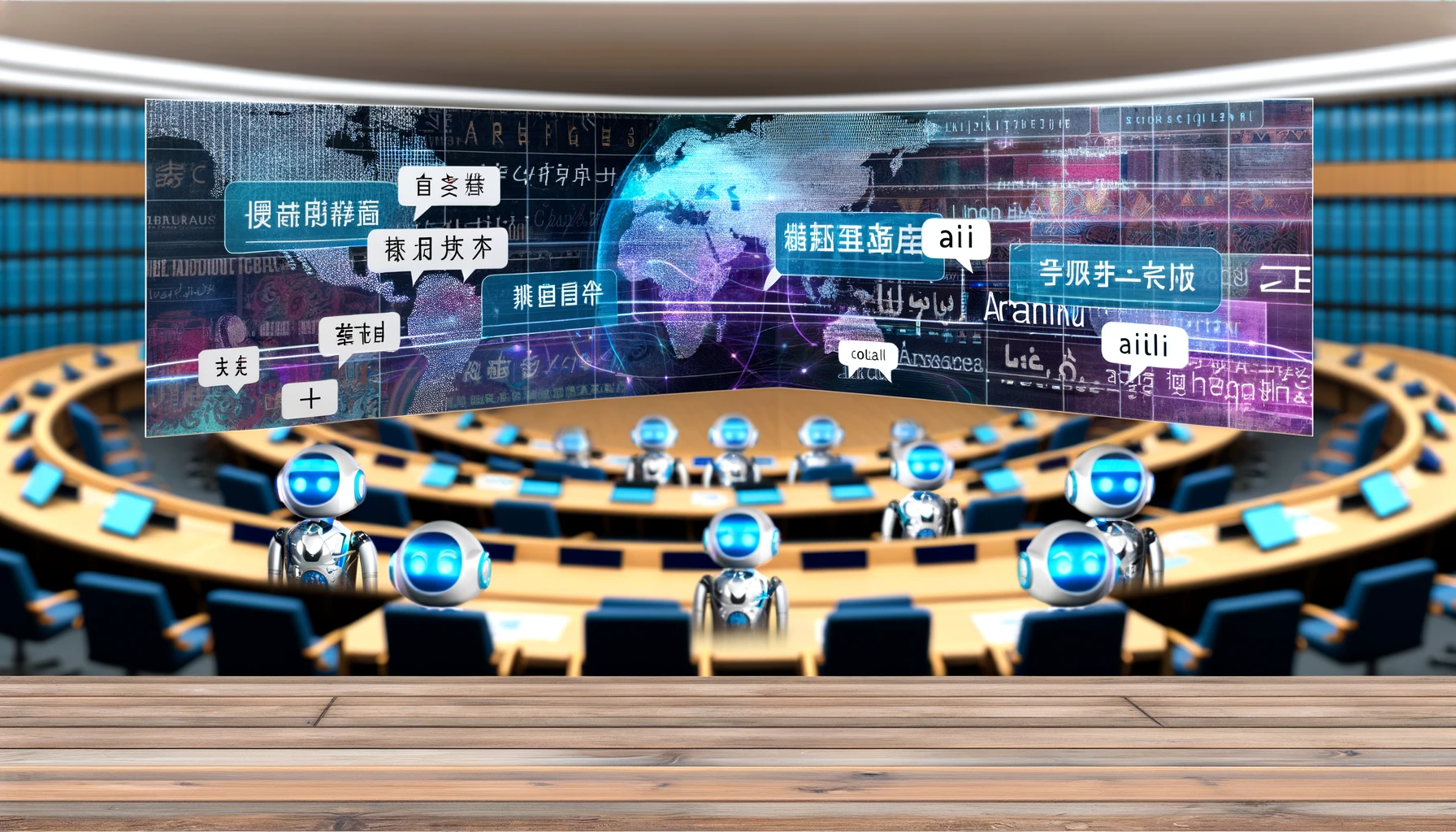As we delve into the realm of artificial intelligence, it’s crucial to acknowledge the linguistic and cultural barriers that hinder its adoption. In this post, we will explore how language patterns and idioms impact our interactions with AI systems and discuss potential solutions for overcoming these challenges.

The Linguistic Diversity Challenge
According to a report by the United Nations, there are over 7,000 languages spoken worldwide. This linguistic diversity presents significant challenges for AI developers aiming to create systems that cater to diverse user groups. For instance, languages like Mandarin Chinese and Arabic have complex grammatical structures and character sets that require unique algorithms for processing and analysis.
Cultural Nuances in AI Interaction
Cultural barriers often go unnoticed until they cause misunderstandings and miscommunications. For example, in some cultures, directness and honesty are valued above all else, while in others, tact and diplomacy are paramount. AI developers must be aware of these subtleties to create interfaces that resonate with diverse user groups.
Decoding Idioms and Colloquialisms
Idioms and colloquialisms carry significant cultural and linguistic significance, posing challenges for AI systems in detecting and understanding humor, sarcasm, and figurative language. The effectiveness of AI in capturing these linguistic subtleties depends on a deep understanding of human language patterns and cultural nuances.
Designing User-Centered AI Interfaces
The way humans interact with AI-powered interfaces is critical in overcoming linguistic and cultural barriers. By designing user-centered interfaces that account for language and cultural differences, we can bridge the gap between humans and machines. Examples of successful human-machine interactions can be found in domains like gaming and customer service.
Strategies to Overcome Barriers
To enhance AI’s effectiveness across different linguistic and cultural landscapes, several strategies can be implemented: - Multilingual AI Development: Developing AI systems that support multiple languages and dialects. - Cultural Adaptation Training: Providing AI developers with training to understand and incorporate cultural nuances. - Community Engagement: Utilizing user feedback mechanisms to improve AI systems and make them more culturally aware. - Integration with Local Cultures: Ensuring AI systems respect and reflect local traditions and values.
Conclusion: Building a More Inclusive AI Ecosystem
As we strive for a more inclusive and effective AI ecosystem, recognizing the crucial role of language patterns and idioms in shaping our interactions with AI is essential. By breaking down linguistic and cultural barriers, we can unlock the full potential of AI and create a future where technology serves humanity more comprehensively. Stay tuned to this blog for more thought-provoking insights on the intersection of AI, linguistics, and culture!
Takeaways
- The linguistic and cultural barriers impact our interactions with AI systems
- Language patterns and idioms shape human communication
- Complex grammatical structures and character sets require unique algorithms for processing and analysis in languages like Mandarin Chinese and Arabic
- Cultural nuances must be considered when designing AI systems, as some cultures value directness while others prioritize tact and diplomacy
- Humor, sarcasm, and figurative language are challenging for AI systems to detect and understand
- Successful human-machine interactions have been observed in gaming and customer service domains
- Strategies for overcoming linguistic and cultural barriers include multilingual AI development, cultural adaptation training for developers, community engagement, and integration with local cultures